Globe valves are vital components in piping systems, designed to start, stop, or regulate the flow of fluids and gases. Known for their spherical body shape, these valves offer precise control, making them essential across various industries. This guide explores what globe valves are, their types, uses, how they differ from other valves, and practical tips for operation, answering common questions to help you select the right valve for your system.
A globe valve is a linear-motion valve used to control fluid flow in pipelines. It features a spherical body with an internal baffle that separates two halves, directing flow through a seat and plug (or disc) mechanism. By turning a handwheel or actuator, the plug moves up or down to open, close, or throttle the flow. This design enables precise flow regulation, making globe valves ideal for throttling applications, such as in water faucets or industrial pipelines.
Globe valves come in various designs, each tailored to specific applications based on flow requirements, pressure conditions, and media type. Below are the most common types of globe valves, categorized by their body configuration, material, or function:
Z-Type Globe Valve: The most common design, featuring a Z-shaped flow path due to the internal baffle. It offers excellent throttling but causes a higher pressure drop, making it suitable for general-purpose applications like water systems and HVAC.
Y-Type Globe Valve: This design has a 45-degree angled stem and flow path, reducing pressure drop compared to Z-type valves. It’s ideal for high-pressure or steam systems where minimizing flow resistance is critical, such as in power plants.
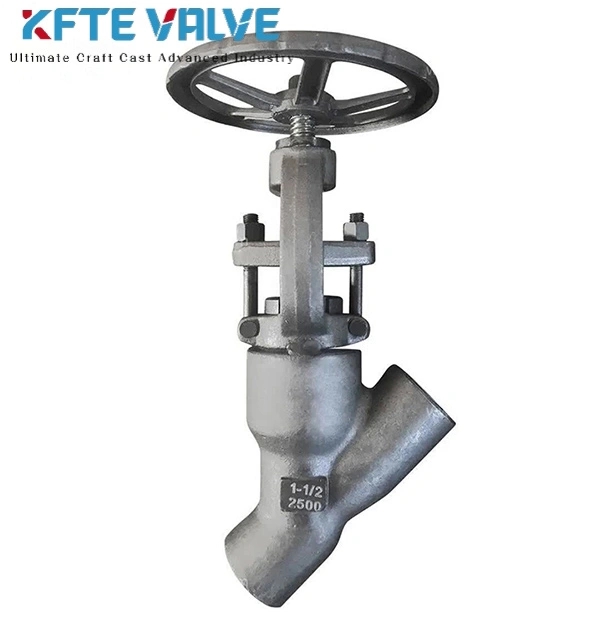
Angle Globe Valve: With a 90-degree flow path, this valve combines the function of a globe valve and an elbow, saving space in piping systems. It’s commonly used in marine applications or where flow direction changes are needed.
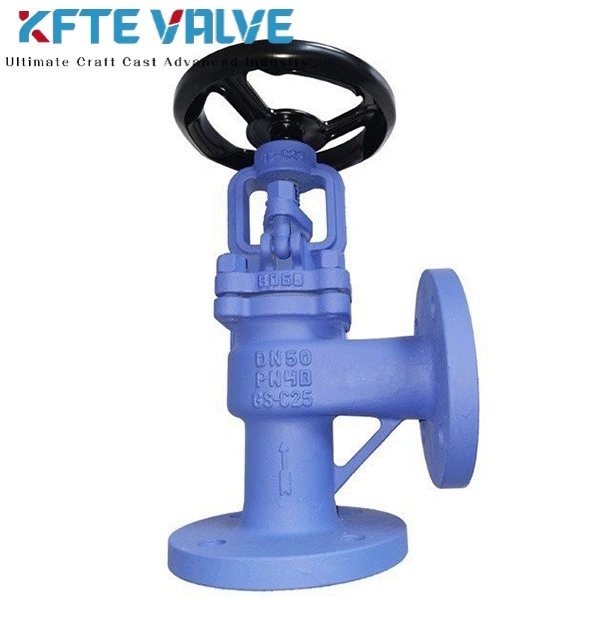
Steam Globe Valve: Specifically designed for steam systems, these valves include an actuator and pressure-balancing chamber to handle high temperatures and pressures. They are used in boilers and power generation systems.
Stainless Steel Globe Valve: Made from stainless steel, these valves resist corrosion and are suited for handling corrosive fluids like chemicals, oil, or gas in industries such as chemical processing and refining.
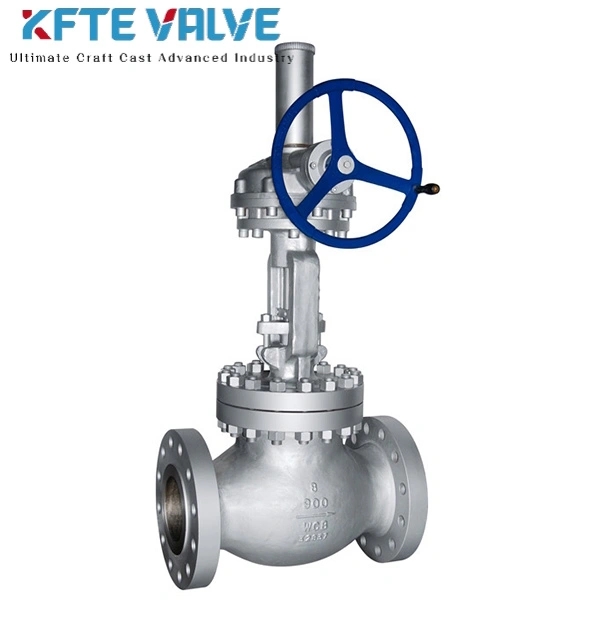
Flanged Globe Valve: Featuring flanged connections, these valves provide a secure, bolted seal for high-pressure or high-flow systems, such as gas pipelines or fuel systems.
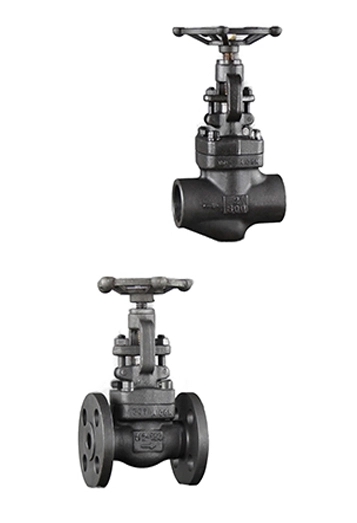
Bellow-Sealed Globe Valve: Equipped with a bellows seal to prevent stem leakage, these valves are used in applications requiring zero emissions, such as handling toxic or hazardous fluids in chemical plants.
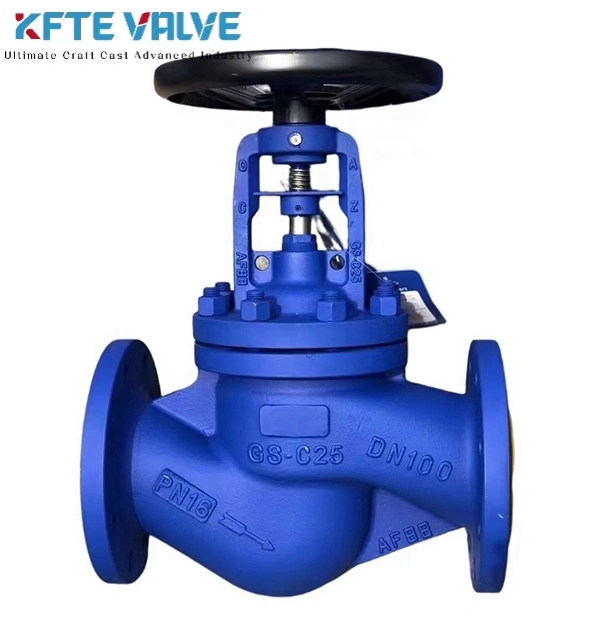
Stop-Check Globe Valve: Combining globe and check valve functions, this valve allows manual shutoff and automatic backflow prevention, ideal for boiler feedwater systems or pump discharge lines.
Each type is selected based on factors like pressure rating, media compatibility, and installation requirements, ensuring optimal performance for specific applications.
Globe valves are primarily used to start, stop, or regulate fluid flow in systems requiring precise control. Their throttling capability makes them suitable for applications where flow rate or pressure needs adjustment. Common uses include:
Water Faucets and Plumbing: Globe valves control water flow in household and industrial faucets, allowing users to adjust flow from a trickle to full stream.
Industrial Processes: In oil, gas, and chemical plants, globe valves manage flow in pipelines, handling corrosive or high-pressure fluids.
Boilers and Turbines: They regulate steam or water in power generation systems, ensuring efficient operation.
HVAC Systems: Globe valves control coolant or heating fluid flow to maintain system efficiency.
Due to their baffle design, globe valves are not suitable for slurries or viscous fluids, which can cause obstructions.
Determining whether a globe valve is open or closed depends on its operating mechanism. For manual globe valves, observe the handwheel and stem position:
Fully Open: The handwheel is turned fully counterclockwise, and the stem is raised, indicating the plug is lifted from the seat, allowing maximum flow.
Fully Closed: The handwheel is turned fully clockwise, and the stem is lowered, seating the plug against the valve seat to stop flow.
Partially Open: The stem is at an intermediate position, throttling flow to a desired rate.
For automated valves, check the actuator’s position indicator or control system display to confirm the valve’s status.
Globe valves and check valves serve distinct purposes in fluid systems. A globe valve is operated manually or automatically to regulate or stop flow, offering precise throttling. Conversely, a check valve automatically prevents backflow, allowing fluid to flow in one direction only without throttling capability. For example, a check valve protects pumps from reverse flow, while a globe valve in the same system might adjust output flow.
| Feature | Globe Valve | Check Valve |
|---|---|---|
| Function | Start, stop, or throttle flow | Prevent backflow |
| Operation | Manual or automatic | Automatic (pressure-driven) |
| Flow Control | Precise throttling | No throttling |
| Application | Water faucets, boilers, HVAC | Pumps, pipelines, compressors |
Globe valves and gate valves both control flow but differ in design and application. Globe valves excel at throttling and frequent operation, using a plug and seat mechanism that allows precise flow adjustment but results in higher pressure drops. Gate valves, with a wedge-shaped gate, are designed for on/off isolation with minimal pressure loss but are unsuitable for throttling due to potential vibration and wear. For instance, a globe valve is preferred for steam system throttling, while gate valves suit pipeline shutoff.
| Feature | Globe Valve | Gate Valve |
|---|---|---|
| Function | Throttling and flow regulation | On/off isolation |
| Pressure Drop | Higher due to baffle design | Minimal |
| Operation Frequency | Suitable for frequent use | Best for infrequent use |
| Application | Chemical plants, HVAC, faucets | Oil pipelines, water mains |
Globe valves offer several benefits, making them a versatile choice for flow control:
Precise Throttling: Ideal for applications requiring fine flow adjustments.
Durability: Materials like stainless steel or bronze resist corrosion and high temperatures.
Versatile Operation: Available in manual or automatic configurations for various systems.
However, limitations include:
Pressure Drop: The baffle design causes significant pressure loss compared to gate valves.
Not for Slurries: Thick or viscous fluids can clog the valve.
Slower Operation: Requires multiple handwheel turns, unsuitable for quick shutoff needs.
Globe valves are widely used across industries due to their flow control capabilities. Key applications include:
Oil and Gas: Regulating flow in refineries and pipelines, handling high-pressure conditions.
Power Generation: Controlling steam in boilers and turbines for efficient operation.
Chemical Processing: Managing corrosive fluids with compatible materials.
Water Treatment: Controlling flow in treatment plants and distribution systems.
Their versatility suits both small-scale applications, like faucets, and large-scale industrial processes.
Globe valves are typically cast to accommodate their complex flow passages, though forged materials are used for high-pressure applications. The disc and seat rings are often made from bronze for lower-temperature systems or stainless steel for temperatures above 350°C to prevent seizing. Cobalt-based alloys or heat-treated surfaces enhance durability and resist galling. Seating surfaces are ground for full contact during closure, and alignment features like disc guides or locknuts ensure reliable performance.
At KFTE Valves, we specialize in delivering high-quality globe valves designed for reliability and precision across industries. Our extensive range includes valves tailored for diverse applications, from general-purpose plumbing to high-pressure industrial systems. With a commitment to durability and performance, our solutions ensure efficient flow control and long-term operation. Explore our globe valve catalog to find the perfect valve for your needs, or contact our team at KFTE Valves for expert guidance on selecting the ideal flow control solution.
Wikipedia. (2025). Globe Valve. An overview of globe valve design and applications. Available at: https://en.wikipedia.org/wiki/Globe_valve.